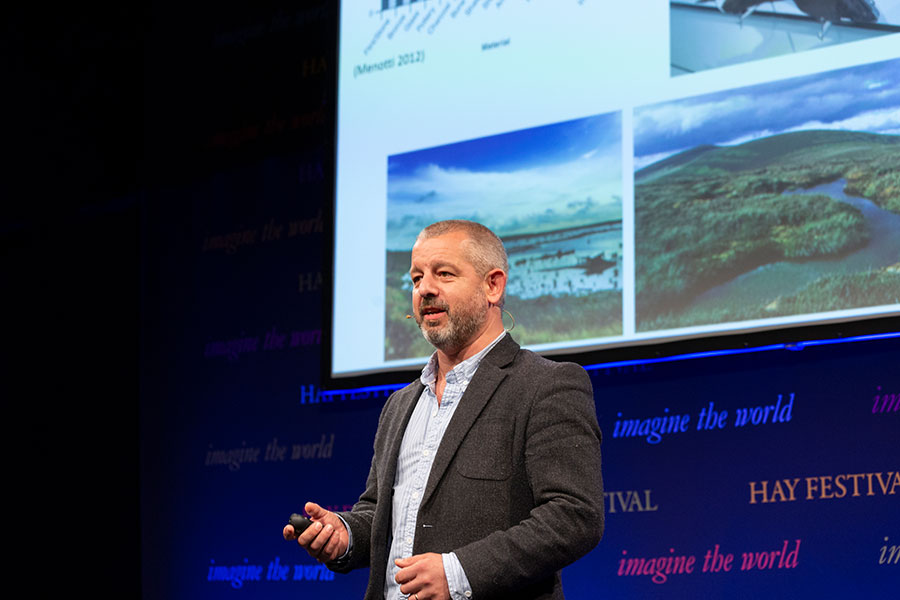Lecture Speaker: Tim Clark
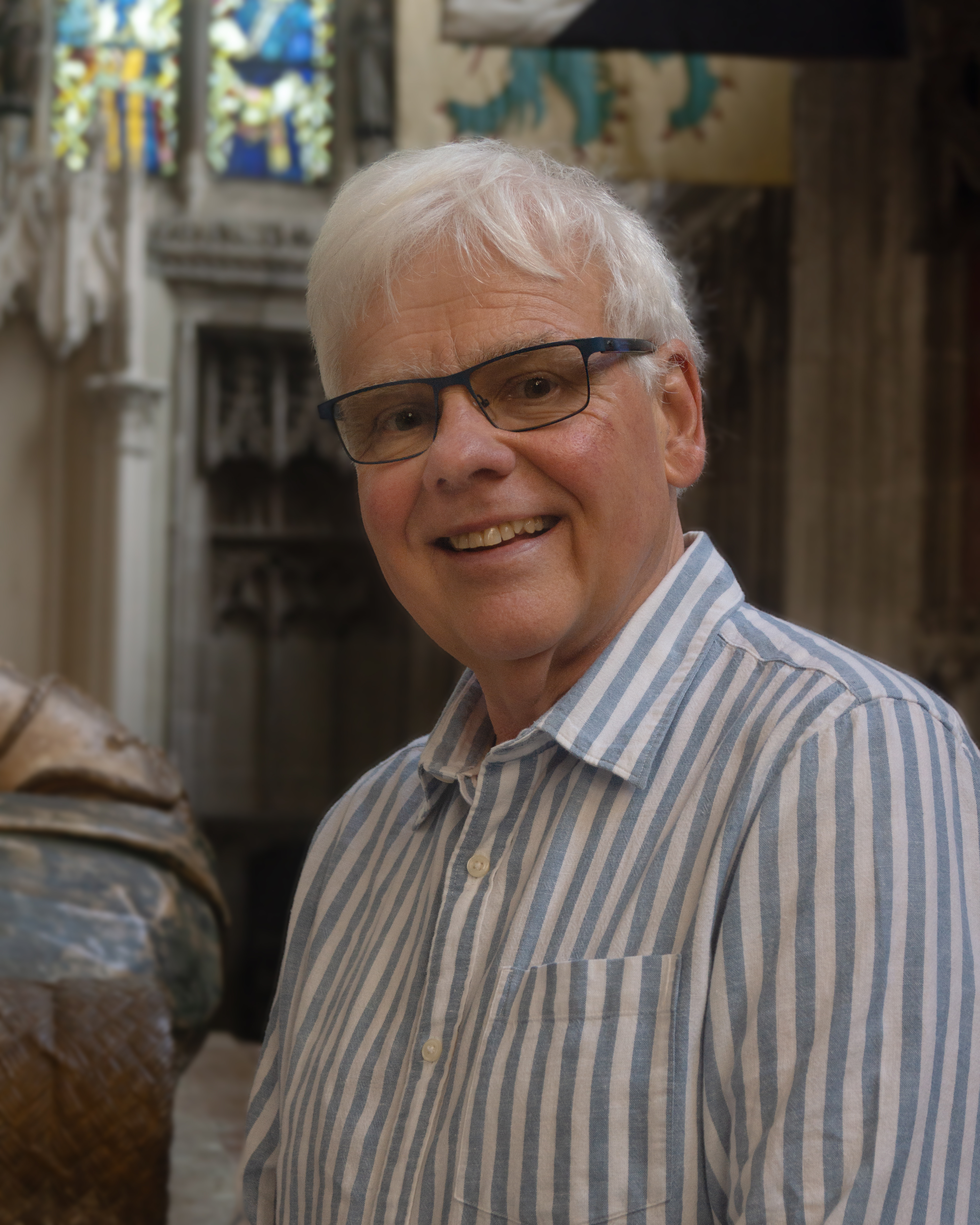
Tim Clark is the church historian at St. Mary's Warwick, a voluntary position, and has an MA in West Midlands History from the University of Birmingham. His book on the history of St. Mary's, Faire and Goodly Built: an incomplete history of St. Mary's Warwick, was published in April 2023, to mark the church’s 900th anniversary as a collegiate church.
Lecture Speaker: Peter Spencer
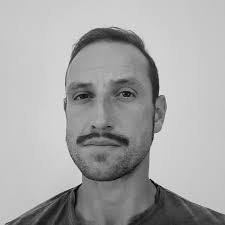
Peter is an accredited archaeologist with over 15 years’ experience working within research and development oriented archaeology. He has worked extensively throughout the UK and Arabian Gulf specialising in the application of geomatics and remote-sensing techniques to archaeological recording and prospection.
Currently based within the West Midlands Peter runs his own Geospatial Services company – Vertex Geomatics, he can be found on LinkedIn (https://www.linkedin.com/in/peter-spencer-mcifa-162292136/) and his website can be found here: https://www.vertexgeomatics.com/
Lecture Speaker: John Thomas
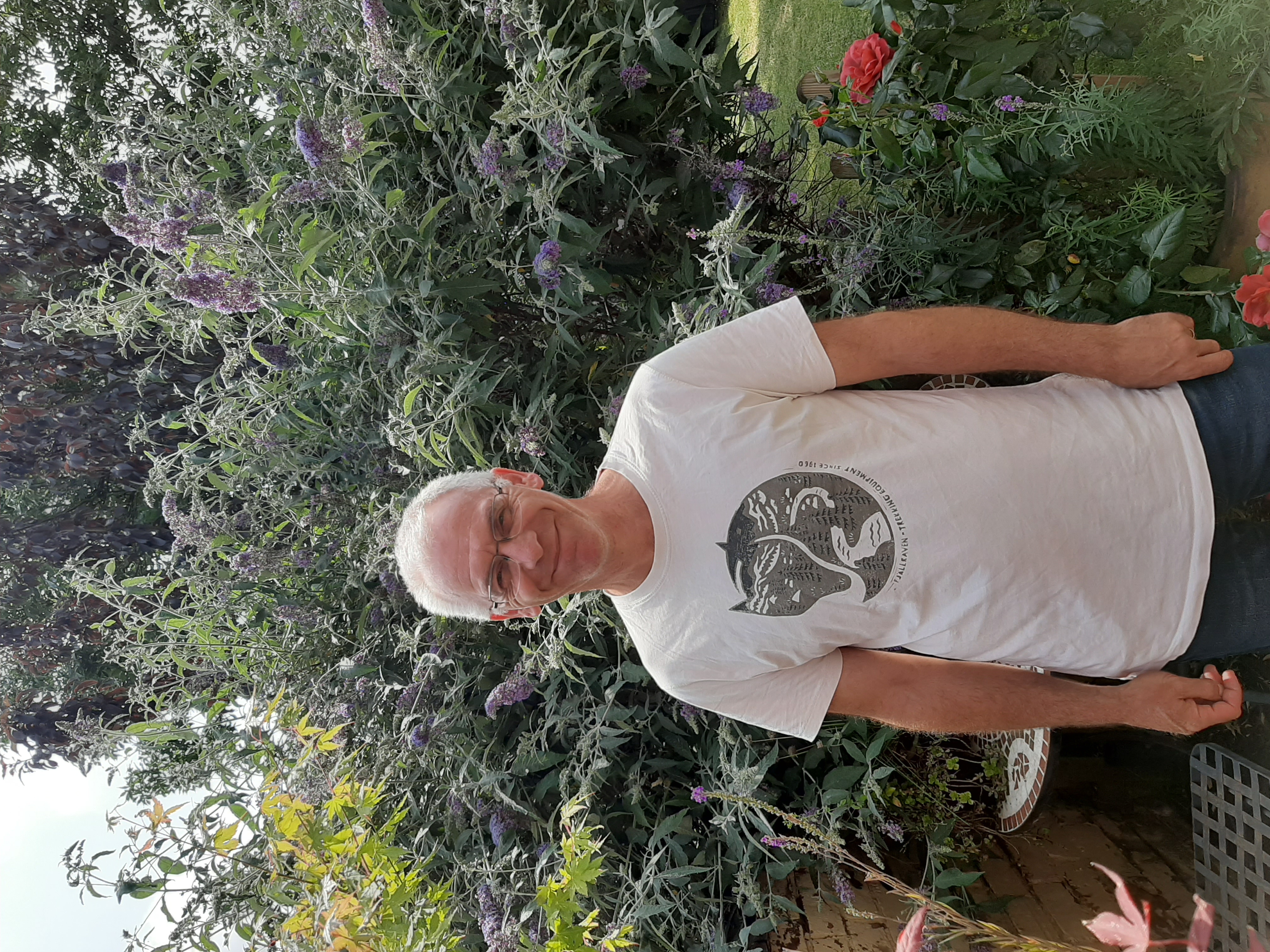
John is the Deputy Director of ULAS and has been a professional archaeologist since 1986. His research interests focus on Iron Age settlement and landscape archaeology and he has published widely on these areas. He is project manager for the Rutland Roman Villa Project, and lead the excavations to uncover the Trojan War mosaic, and subsequent investigations of the wider site.
Lecture Speaker: Dr Ellen McAdam
After a degree in archaeology at Edinburgh, Ellen migrated south to Oxford. She spent 10 years in the Near East, working on excavations in Jordan, Syria and Iraq. As Research Fellow of the British School of Archaeology in Iraq her post-doctoral research into prehistoric figurines took her to museums in Iraq, the UK, the USA, France and East Germany. When Saddam Hussein's foreign policy necessitated a return to the UK, she spent five years as Post-excavation Manager at the Oxford Archaeological Unit, followed by jobs in museums in London, Glasgow and latterly Birmingham. She retired as Director of Birmingham Museums in 2020.
Lecture Speaker: Paul Thompson
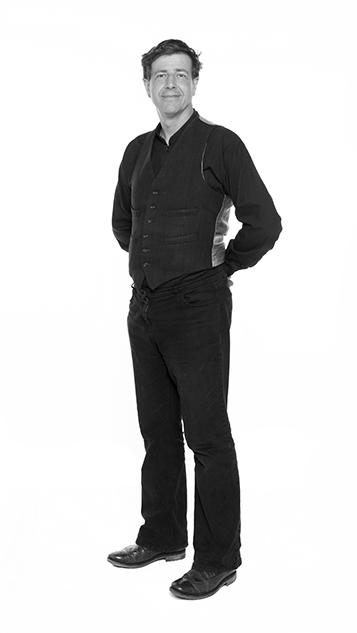
Fascinated by British archaeology from very young age as parents visited historic sites on holiday. Worked on local archaeological sites during 1980s and early 90s in Coventry such as Charterhouse, Manor House Drive, Bayley Lane and The Lunt Roman Fort, followed by a HND at Bournemouth University and Degree at Southampton. Worked then for Northamptonshire Archaeology for several years, returning to work at The Herbert, Coventry's museum as their Archaeology Officer for over 20 years, including managing The Lunt. Worked for MOLA for the past six years as Project Manager working on sites from Norfolk, Northamptonshire, Leicestershire, Lincolnshire, Oxfordshire, Cambridgeshire, Hertfordshire, Nottinghamshire, Worcestershire, Staffordshire, Buckinghamshire, West Midlands and Warwickshire.
Lecture Speaker: Professor Henry Chapman
Henry Chapman is a professor of archaeology at the University of Birmingham. He specialises in the archaeology of wetlands and the relationships between human activity and environmental change, using a range of digital modelling methods. In addition to his research on later prehistoric bog bodies, he studies a range of different archaeological landscapes, from Iron Age marsh forts to the multi-period landscape of Stonehenge.
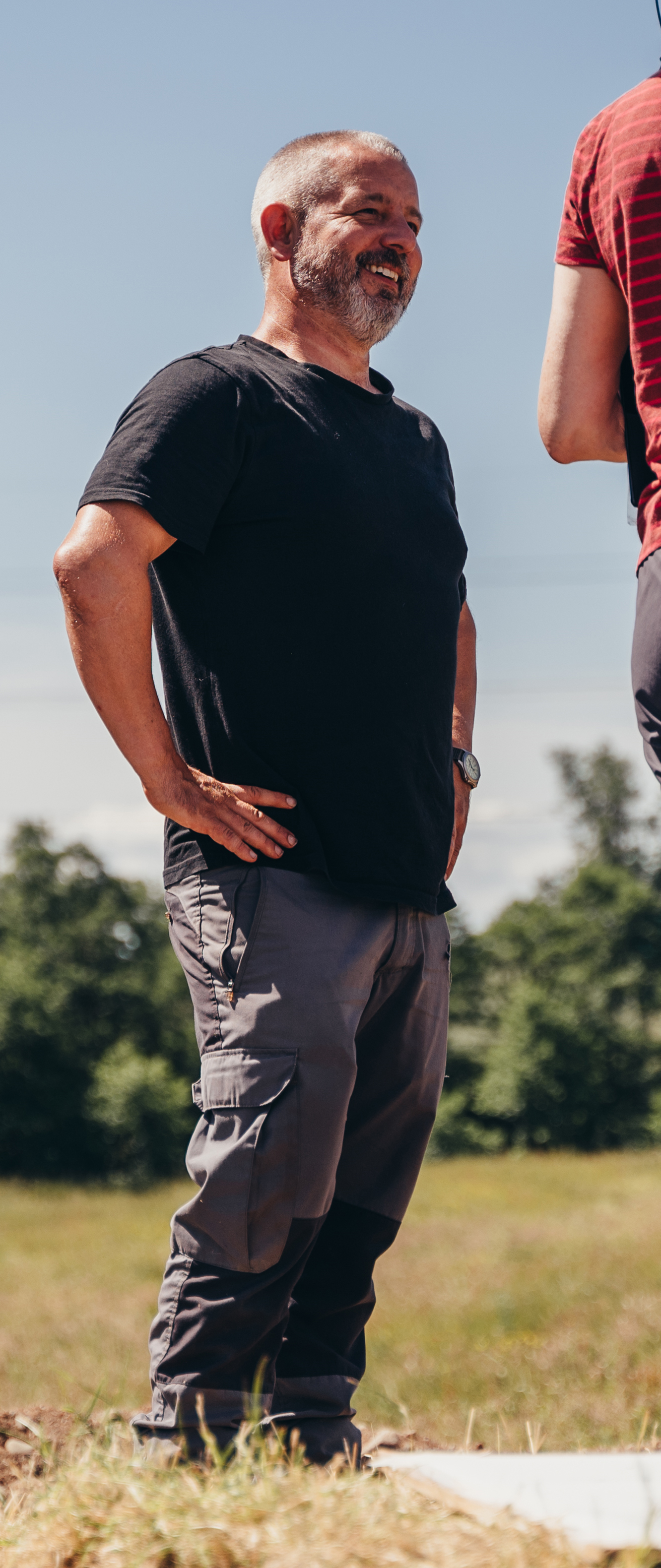
Lecture Speaker: Matthew Jones
Matt Jones has been doing archaeology for nearly 20 years starting paid archaeological work in the school holidays between terms. He studied at Cardiff University doing student excavations at Durrington Walls as well as the ‘Islands in a common sea’ project on the Isles of Scilly. He has worked all over the country: starting in Canterbury before stints in Gloucestershire, Chester, Worcester, and back to Canterbury, before settling in Cambridgeshire for over 10 years before starting with Archaeology Warwickshire in 2020. His main interests are prehistoric and Roman archaeology, with a focus on transitions, such as Bronze Age to Iron Age/ Iron Age to Roman as well as the beginning of monumentality in the UK.
Lecture Speaker: Andy Foster
Andy Foster was born in Birmingham and brought up in Sutton Coldfield, but when he was young often stayed with an aunt in the Halesowen part of Blackheath. He read History of Art at Cambridge and was a Birmingham city councillor between 1980 and 1992. He is a member of the Lichfield Diocesan Advisory Commitee and the Birmingham Archdiocesan Historic Churches Commission. As well as the recently published Pevsner volume on Birmingham and the Black Country, he wrote a city guide to Birmingham (2005).
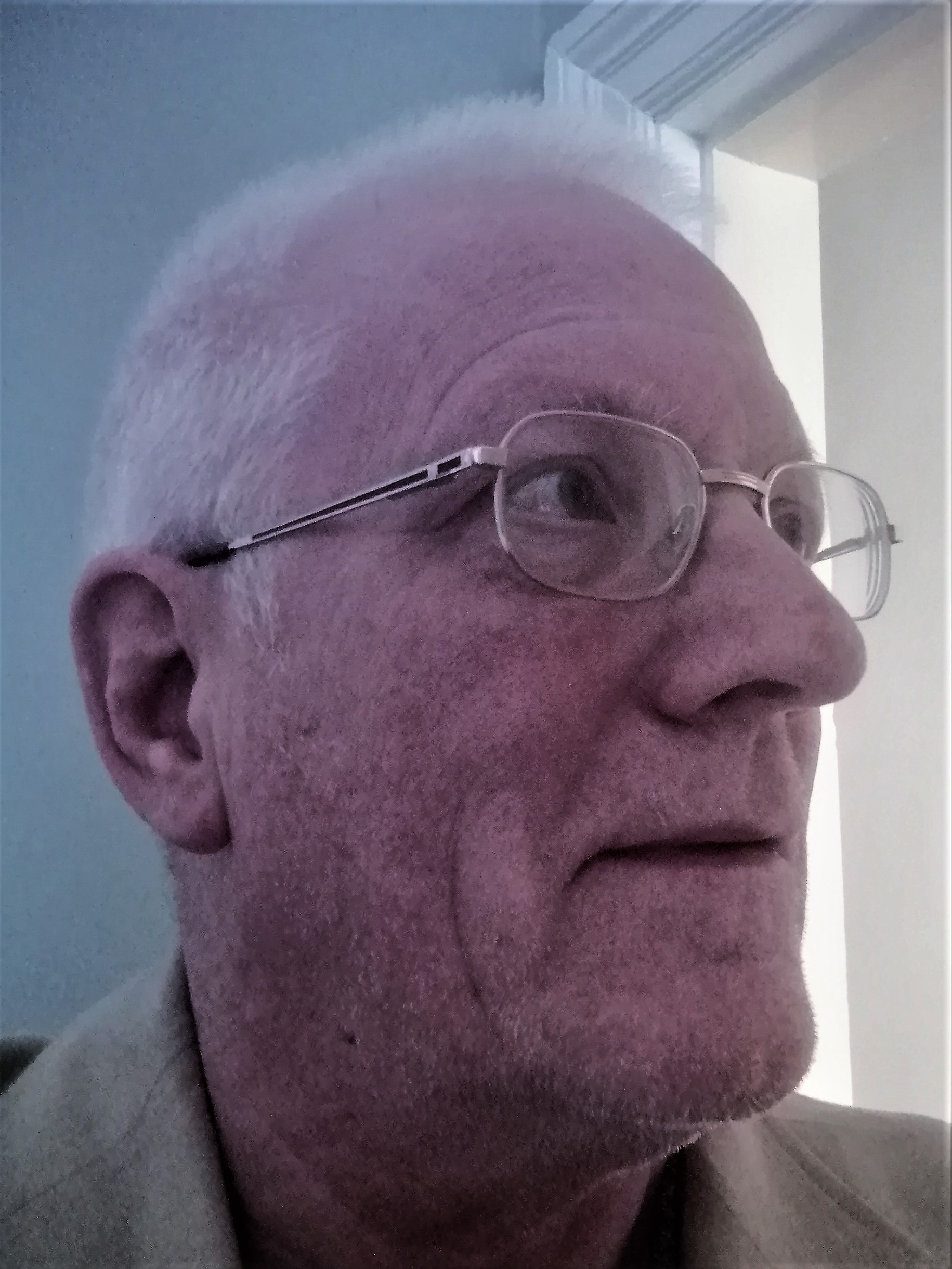
Lecture Speaker: Dr John Hunt
John Hunt is a medievalist whose approach is interdisciplinary, and whose interests include lordship and community, landscape, and cultural history, particularly in the English western midlands and southwestern France. Working primarily on regional history and archaeology between the tenth and fourteenth centuries, his currentresearch is focussed particularly on religious landscapes, parish churches and their communities, on which he has recently had several articles published.
John Hunt, BA, PhD, FSA, FRHistS, PGCE, is an Honorary Research Fellow in the Department of History at the University of Birmingham, where he is also a member of the Centre for West Midlands History. Among his associations with national and local societies, he is the current President of the Staffordshire Archaeological and Historical Society, and a past Chair (and current Vice-Chair) of the Council for British Archaeology, West Midlands.
![]()
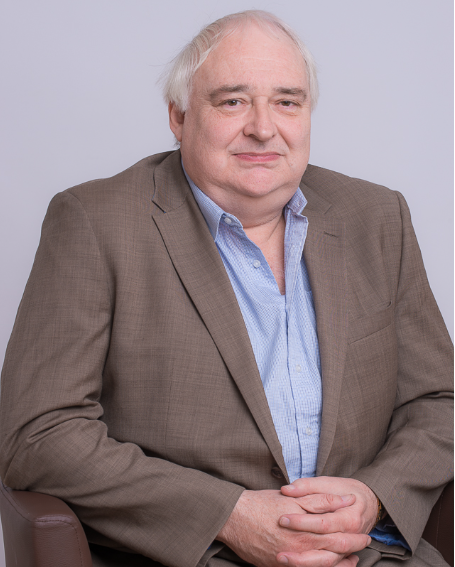
Lecture Speaker: Professor Henry Chapman
Professor Henry Chapman
Henry started his career with the Royal Commission on the Historical Monuments of England (RCHME) as a Landscape Investigator in the south-west, before taking up a post at the University of Hull as a researcher focusing on wetland archaeology. He completed a PhD whilst working at Hull, and developed a range of archaeological research projects, whilst also working commercially and for Channel 4’s Time Team. He subsequently moved to the University of Birmingham, initially within the Birmingham Archaeology field unit, leading the Visual and Spatial Technology Centre, before becoming an academic. He is currently researching the landscape archaeology of European bog bodies (LAEBB), Wildscapes (focusing on the landscape evolution of the Humberhead Levels), the re-interpretation of later prehistoric marsh-forts, and two projects in the Stonehenge landscape. He has published eight books and ninety research papers.
